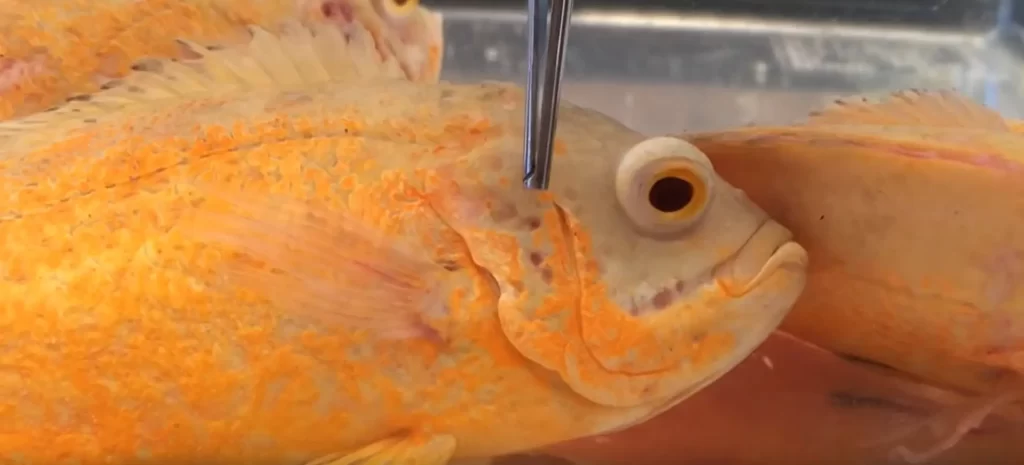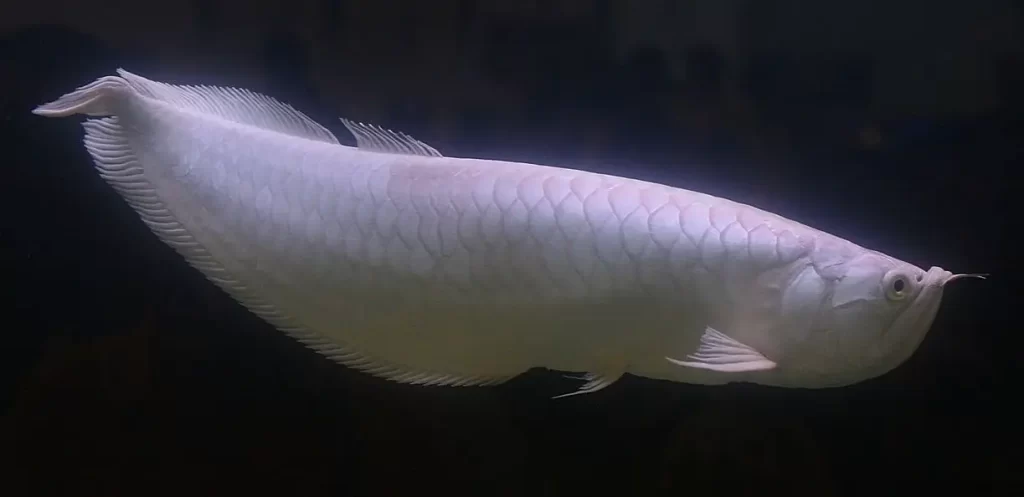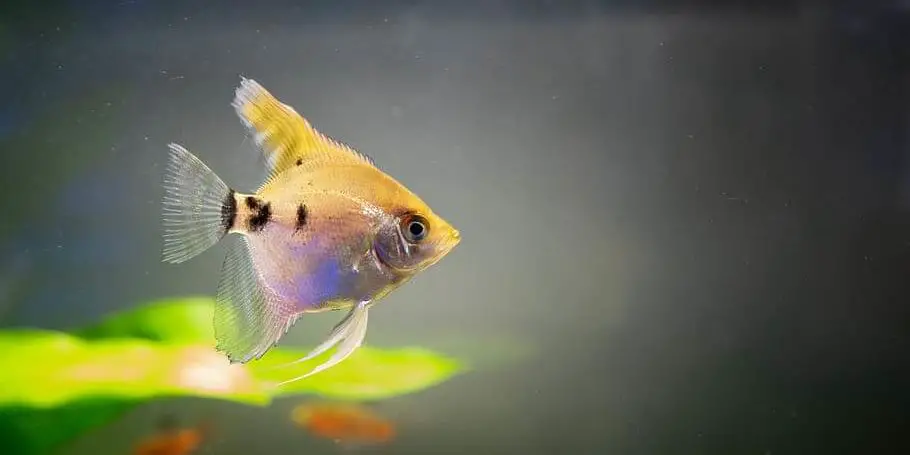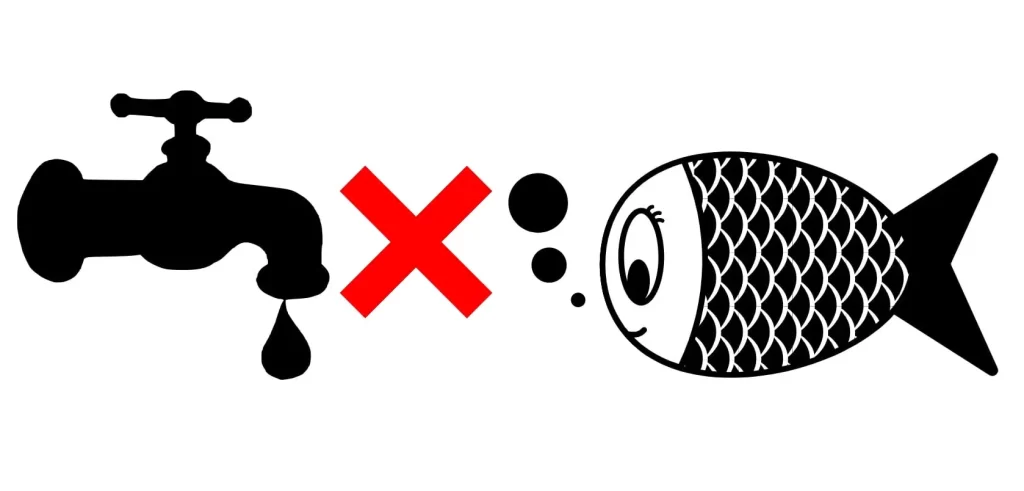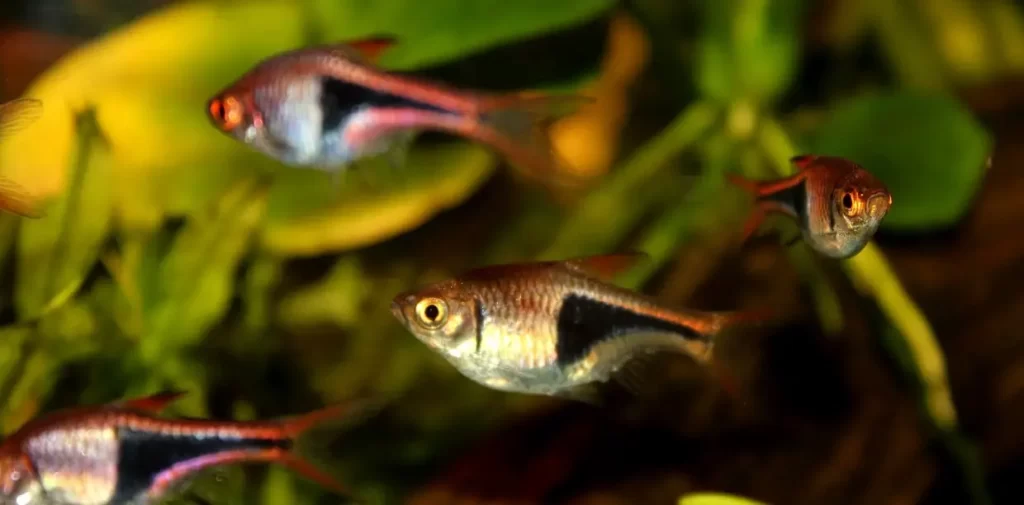Freshwater Head and Lateral Line Erosion (FHLLE) or hole in the head is a typical fish disease. This disease mostly affects cichlids, discus, and Oscars. You can see multiple pits or holes across the lateral line of the fish suffering from this disease. As the disease progresses, the hole starts getting deeper, and erosion of the scale increases. The fins start fraying.
There are various causes of this disease. If treated on time, it might not be fatal to your fish. But to treat your fish, you must exactly know what has caused FHLLE in your fish. In this article, I have written everything related to this disease and how you can treat your fish accordingly.
What is Lateral Line?
Lateral line or the lateral line system in fish is a system of sense organs that help them detect vibration, pressure, and movements in the environment. The lateral line has many vital functions in a fish’s life. Fish uses its lateral line system to detect the position of prey via pressure and vibrations. It also senses any threats and dangers from bigger fishes using the system. This system allows fish to maintain its upright position in alternating water flows. There are various cells called hair cells on the lateral line system that give the fishes these fantastic abilities.
Cause of Hole In The Head
The hole in the head disease has not been sufficiently studied, so its actual reason is yet to be determined. However, experts suggest the water conditions and the presence of parasites in the leading causes of this disease.
A parasite named Hexamita is the common cause of this disease. These parasites commonly affect the intestine track, but soon they invade the lateral line. As the disease progresses, the lesions can be seen all over the lateral line where secondary bacteria and infections may develop after some time.
Some other highly discussed causes of this disease are:
- Acidic water due to the presence of activated carbon. Many people prefer using activated carbon or charcoal as filter media. This can be a leading cause of a hole in the head.
- Increase in the level of ammonia and nitrate in water.
- Stress caused due to bullying and overstocking.
- Poor water quality and unbearable tank conditions for the fish is a leading cause of Hole in Head.
- Poor diet, lack of vitamin, and nutritious food also trigger hole in the head.
Symptoms
During the initial phase, you can only see small holes or lesions around the head or lateral line. These initial symptoms may not seem that fatal at all, but if the fishes are not treated accordingly in time, then they are sure to die.
Finally, these lesions will become more substantial, and various secondary bacterial and fungal infections can develop. These infections can create severe infections on the fish, and it will turn too ill to live. The fish will feel lethargic. It will lose appetite and also lose its swimming capability.
Sometimes mucus also appears to be leaking from the hole, which is often mistaken for worms. To sum up, you will see the following symptoms on your infected fish:
- Tiny pits appear around the head region.
- Yellow or white-colored mucus trailing from these pits.
- Fish will be lethargic and lose their appetite.
- Similar pits will start appearing throughout the whole lateral line.
- It will soon lose all its color and start swimming at the bottom. This reflects depression and a state of giving up.
Treatment
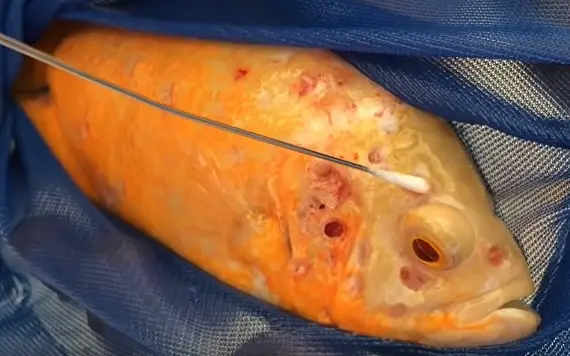
Since there are various causes for this disease and sometimes you may not be able to know what is going on so you must take a multi-sided approach, i.e., we must treat the fish through different measures. However, the main goal of our treatment must be to get rid of the parasite Hexamita, because in most cases, it is the primary cause. To do this, you can use several antibiotics recommended by your vet that fights against Hexamita.
If poor water condition is the leading cause of the disease, then you know what to do, yes, clean the water immediately. If possible, quarantine the fish immediately because the disease is highly contagious. Be sure that your fish completely stress-free. To do this, you can stop overcrowding, stop bullying by separating the weaker and stringer fish, and get rid of stray voltage.
Improving nutrition and providing various vitamins directly in liquid forms like A, B, D, or E can also help get rid of HLLE. You can give iodine enriched food to the fish. Food can also be soaked in liquid vitamins and iodine and fed to the fish because some fish may not prefer consuming the vitamins directly. To sum up, get the healthiest fish food available in the market and feed your fish. Lightly steamed broccoli pieces and seaweed can be beneficial for herbivores. You can add vitamin-rich live plants such as macroalgae to the tank for extra nutrition.
Be careful while adding antibiotics in the tank. You must separate the infected fish to another tank and then only add the medicines to target the infected fish only. Many aquarists have concluded that only water change and properly maintain the aquarium has helped them get rid of this disease from their fish. So, the immediate treatment that you can perform on your fish is to change the water immediately and maintain it regularly.
Prevention
The only way to stop your fish from ever getting this disease is to maintain the aquarium properly. You mustn’t miss anything while maintaining a tank.
You must ensure that your fishes are not under any stress. Bullying, either based on size or sex, must be prevented at all costs. Sometimes the stress can be caused due to the presence of disturbing parasites in the water.
Poor water conditions and poor nutrition can affect the fish’s immune system to fight against disease, and it becomes more likely to be killed by this or many other diseases.
The main goal is to keep your fish satisfied with the environment that it is dwelling in. For this, you can provide treats like shrimps, flakes, and blood worms occasionally to your fish.
You must always check the water condition and make sure that it is always neutral with a pH of 7.0. You can ignore a slight fluctuation of 0.5 pH, but if the water becomes more acidic or basic, then you must take neutralizing steps. I recommend reducing the use of activated carbon as a filter medium because it makes the water more acidic.
Maintaining water parameters to fight HLLE
Sometimes you can provide your fish with a completely stress-free environment with no improper nutrition, no bullying, and no overstocking. However, still, your fish gets affected by a disease like these. In such a case, you must blame your water parameter. Maintaining a perfect water parameter for fish can get hard. Even your slightest of carelessness can result in a fatal disease.
To prevent HLLE(a.k.a Hole In the Head), you must keep some water parameters very strictly. The level of ammonia and nitrite must be precisely zero. Yes, not even a little bit more because they are extremely toxic to your fish, even in the smallest portion. The nitrate level must be less than 40 ppm. The ideal level, however, is ten ppm. The critical point in maintaining your aquarium is to feed your fish with just enough food that it needs and remove nitrate-rich water, every time you perform a water change.
Conclusion
To sum up, the hole in the head can get fatal depending upon the level of infection that your fish has reached. But in the early stages, you must not panic and change the water immediately. You can act accordingly if you know the exact cause of the disease. You should also check on the lesions of the fish for some secondary bacterial infections. It is a must to treat bacteria with proper antibiotics.
Reference
Image Credit: https://www.youtube.com/watch?v=_jOIzi5macs

